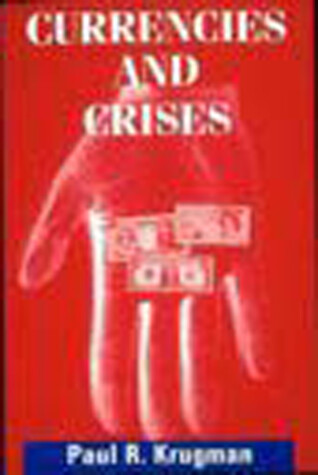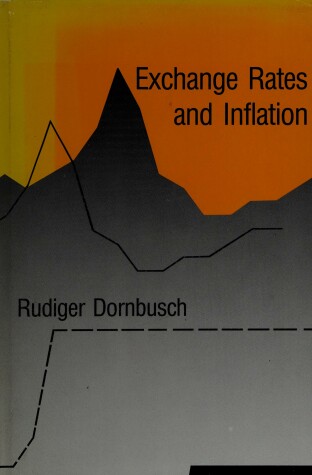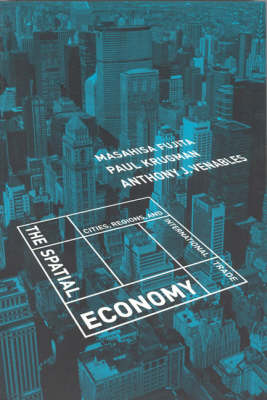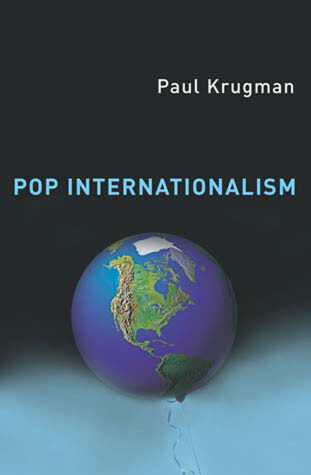The MIT Press
6 total works
Paul Krugman's first collection of essays, Rethinking International Trade, mounted a spirited assault on established trade theory and proposed an alternative approach to account for increasing returns and imperfect competition. Less theoretical and more embedded in real-world experience, this new collection revolves around Krugman's work on international monetary economics from the late 1970s to the present in an effort to make sense of a turbulent period that "involved one surprise after another, most of them unpleasant." The eleven essays cover such key areas as the role of exchange rates in balance-of-payments adjustment policy, the role of speculation in the functioning of exchange rate regimes, Third World debt, and the construction of an international monetary system. They are unified by the same basic methodology and style the construction of a small theoretical model in order to simplify or clarify a puzzling or difficult world monetary problem.
East-West Migration
by Richard Layard, Olivier Blanchard, Rudiger Dornbusch, and Paul Krugman
The authors show how a common approach that emphasizes the three-way interaction among increasing returns, transportation costs, and the movement of productive factors can be applied to a wide range of issues in urban, regional, and international economics.
Since 1990 there has been a renaissance of theoretical and empirical work on the spatial aspects of the economy-that is, where economic activity occurs and why. Using new tools-in particular, modeling techniques developed to analyze industrial organization, international trade, and economic growth-this "new economic geography" has emerged as one of the most exciting areas of contemporary economics.
The authors show how seemingly disparate models reflect a few basic themes, and in so doing they develop a common "grammar" for discussing a variety of issues. They show how a common approach that emphasizes the three-way interaction among increasing returns, transportation costs, and the movement of productive factors can be applied to a wide range of issues in urban, regional, and international economics. This book is the first to provide a sound and unified explanation of the existence of large economic agglomerations at various spatial scales.
Paul Krugman's popular guide to the economic landscape of the 1990s has been revised and updated to take into account economic developments of the past three years. New material in the third edition includes:- A new chapter-complete with colorful examples from Lloyds of London and Sumitomo Metals-on how risky behavior can lead to disaster in private markets.- An evaluation of the Federal Reserves role in reining in economic growth to prevent inflation, and the debate over whether its growth targets are too low.- A look at the collapse of the Mexican peso and the burst of Japans bubble economy.- A revised discussion of the federal budget deficit, including the growing concern that Social Security and Medicare payments to retiring baby boomers will threaten the solvency of the government. Finally, in the updated concluding section, the author provides three possible scenarios for the American economy over the next decade. He warns that we live in an age of diminished expectations, in which the voting public is willing to settle for policy drift-but with the first of the baby boomers turning 65 in 2011, the U.S. economy will not be able to drift indefinitely.
All but two of the essays have previously appeared in such publications as Foreign Affairs, Scientific American, and the Harvard Business Review. The first five essays take on exaggerations of foreign competition's effects on the U.S. economy and represent Krugman's central criticisms of public debate over world trade. The next three essays expose further distortions of economic theory and include the complete, unaltered, controversial review of Laura Tyson's Who's Bashing Whom. The third group of essays highlights misconceptions about competition from less industrialized countries. The concluding essays focus on interesting and legitimate economic questions, such as the effects of technological change on society.





